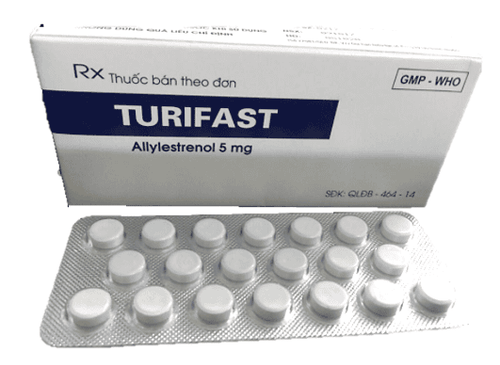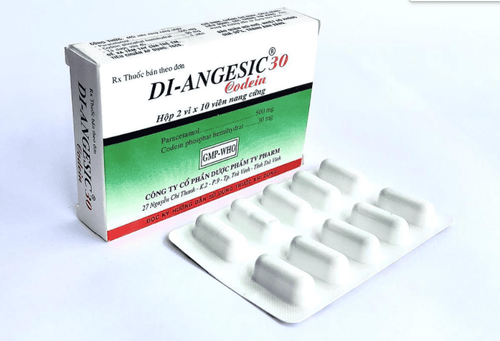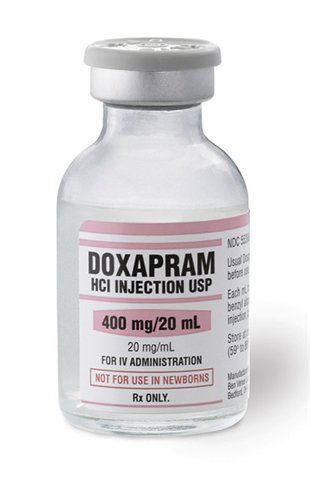This is an automatically translated article.
The article was professionally consulted with Specialist Doctor II Cao Thi Thanh - Pediatrician - Pediatrics - Neonatology - Vinmec Hai Phong International General Hospital.Neonatal acute respiratory failure is one of the leading causes of infant mortality. Acute respiratory failure often occurs in association with diseases of the lungs and respiratory system.
1. What is respiratory failure due to endocardial disease in premature infants?
Respiratory failure due to endothelial disease is a common condition in infants born less than 32 weeks gestation due to surfactant deficiency (rare in infants over 35 weeks of age). Statistical research shows that endocardial disease can occur in all newborns with the rate of 1%, in preterm infants it is 10%, up to 30% of children with the disease are in the age of preterm birth under the age of 10. 30 weeks old.Surfactant is an exogenous alveolar surfactant that is administered via the trachea to the lungs of neonates to help counteract alveolar collapse caused by respiratory failure. Therefore, a lack of surfactant in the body or inactivated surfactants will cause the alveoli to collapse, reduce the elasticity of the lungs, thereby causing respiratory failure.
The production of surfactant in the body is closely related to the enzyme system in the body. However, in premature infants, this gene system is not complete, the enzyme system that catalyzes the synthesis of surfactant is also incomplete. This enzyme system only works well when the pregnancy is from 34 to 35 weeks or more. Therefore, premature babies always have a higher risk of endocarditis than other babies.
Inner membrane disease includes two main types:
Primary endocardial disease: Common in premature infants. Secondary endocarditis: Found in near-term and full-term infants, in cases of mothers with diabetes, children with severe pneumonia, or children with pneumonia caused by aspiration of meconium, asphyxia during birth, pulmonary hemorrhage... Causes of acute respiratory failure due to endothelial disease in young children:
The most common cause of respiratory failure is the lack of surfactant in the body. Because the baby's respiratory system is immature. This leads to one consequence:
Lungs collapse, alveoli are reduced Blood oxygenation is reduced Acidity of blood acidosis Pulmonary vasospasm Acute and chronic lung parenchymal injury Risk factors cause acute respiratory failure due to endocardial disease:
Premature babies Diabetic mothers Asphyxiation cases of multiple pregnancy or placental abruption...
2. Clinical manifestations of endothelial respiratory failure

Inner membrane disease is diagnosed based on clinical manifestations and subclinical results - often based on chest X-ray images - to assess the degree of lung expansion.
3. Surfactant pump therapy for inner membrane disease

As mentioned above, surfactant is an important substance that helps to activate the alveolar surface to prevent alveolar collapse. Therefore, they are important in the treatment of endothelial disease.
Indications for use of surfactant therapy for moderate and severe respiratory failure:
Children with acute respiratory failure due to endocardial disease. Children with meconium aspiration pneumonia - Endometrial disease in infants born by caesarean section - not yet in labor should be considered for surfactant therapy when FiO2 index > 50%, mean airway pressure > 10 - 20 cmH2O or only oxygen index above 15 within 6 hours. X-ray showed endothelial disease grade II. Note that it is necessary to carefully consider the use of surfactant therapy for children in some of the following cases:
Children with endothelial disease born prematurely under 26 weeks of age, or babies born with substandard weight (light weight less than 1000g) . The child has signs of severe pulmonary hemorrhage and the disease tends to progress. Children with asphyxia, severe cerebral hypoxia or cerebral hemorrhage o. Children with severe birth defects. The family refused treatment with surfactant therapy. The Surfactant pump technique would be difficult to perform if the overall standard of care was not of high quality. Vinmec has met the strict criteria to apply Surfactant Therapy in the treatment of respiratory failure due to endocardial disease in premature infants, including a full range of supportive facilities and a team of doctors who are proficient in the treatment. Techniques: Intubation, use of ventilators, treatment of respiratory and circulatory emergencies, treatment of pediatric patients with pneumothorax.
Please dial HOTLINE for more information or register for an appointment HERE. Download MyVinmec app to make appointments faster and to manage your bookings easily.














